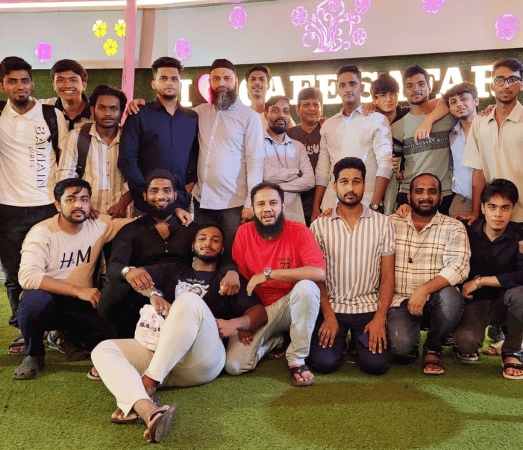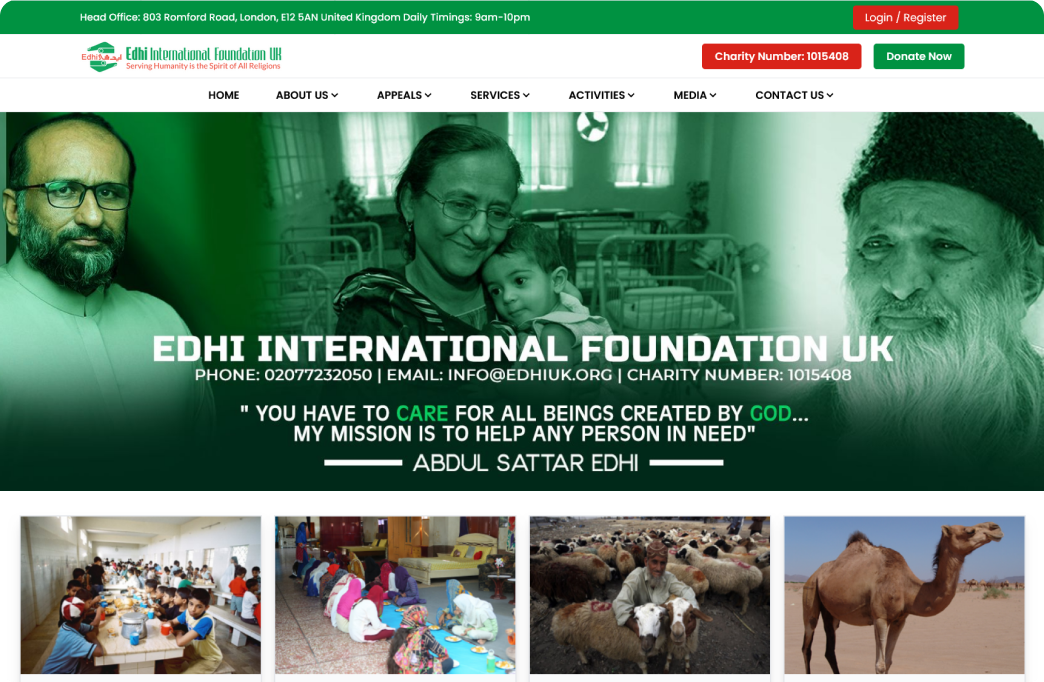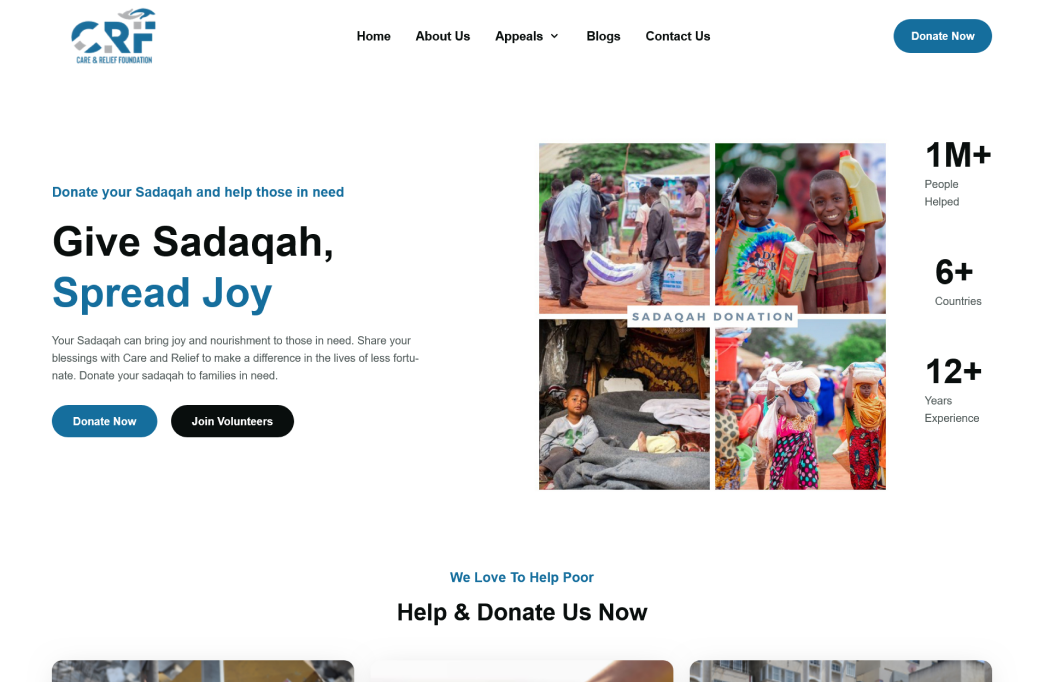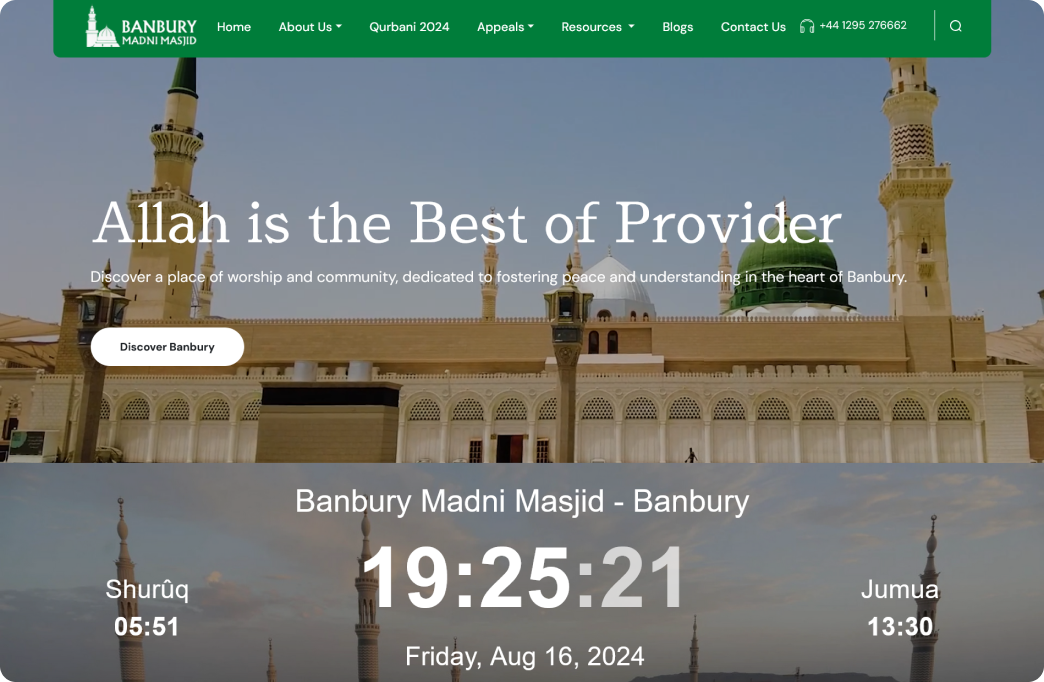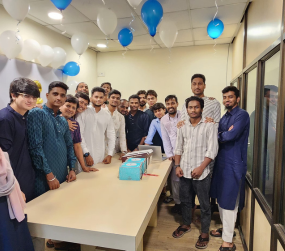A Trusted HMRC-Listed Software Provider for Charities and Non-Profits
Techno Serve Solutions is a trusted digital marketing agency listed
on the HMRC Charities Online service website (www.gov.uk).
Our digital marketing agency is recognized by HMRC, ensuring compliance
and reliability. This listing highlights our commitment to trustworthy
and reliable services for charities and non-profits. With Techno Serve,
you can trust our credibility and authenticity.

Contact us today to learn how Techno Serve can potentially grow your Islamic Non-Profit organization and help you make a meaningful impact. Techno Serve Ltd Company Number: 08655298
Our mission is to build your Charity
Our team of writers, developers, and influencers is ready to help to learn about starting Charity with some inspiration.
- Coordinate with team
- Monitor timelines
- Share insights
- Hit all your targets
